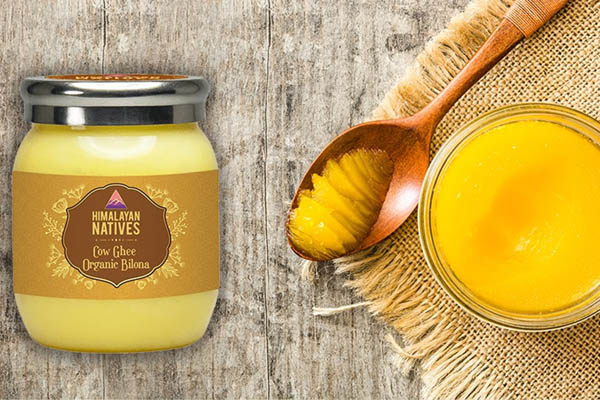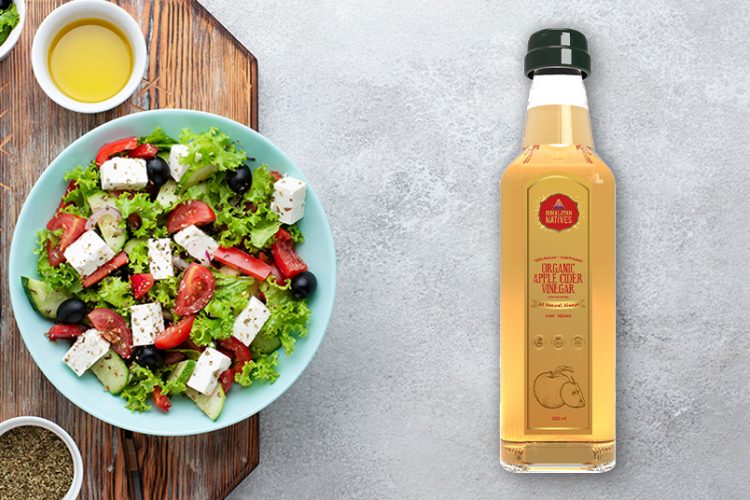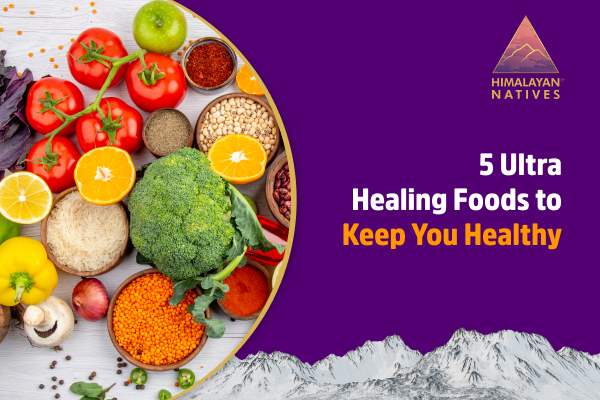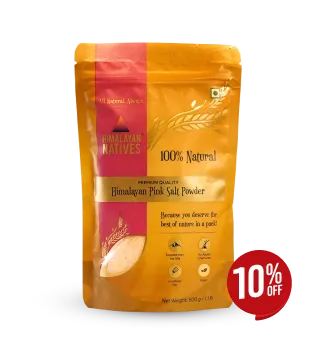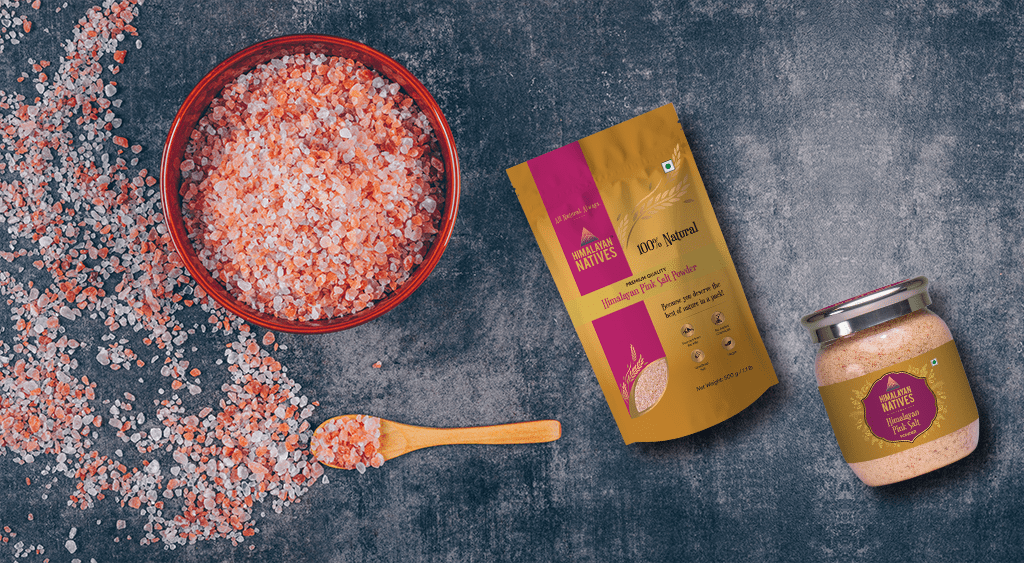
Salt is a treat for our taste buds. A pinch of salt turns an average dish into an appetizing meal. Salt, also known as common salt, is a crystalline compound that consists of sodium and chloride. It is abundant in nature and is used especially to season or preserve food. There has been a long-term argument where some people believe that cutting back on salt might help in reducing heart diseases substantially. However, others believe that it will have little effect on public health and will only be a needless deprivation.
Low amounts of salt may lead to low blood pressure, dehydration, hyponatremia, elevated cholesterol, and triglycerides. Salt is therefore very important for a healthy life but we need to take it in moderation. We need to limit excessive salt or sodium intake in our diet. Excessive sodium holds excess fluid in the body and increases the burden on the heart. It may further lead to the chances of an enlarged heart muscle, headache, heart failure, high blood pressure, kidney diseases, stomach cancer, and stroke.
We have all heard the famous phrase, "Excess of everything is bad". The World Health Organization(WHO) recommends that the ideal salt intake for an adult per day is 5grams, around a teaspoon which is equivalent to 2000 mg of sodium.
Types of salt:
There are many salts available in the market these days. I have compiled a list of four commonly used salts for you.
• Table Salt: Table salt is a finely ground white salt that is mined from underground deposits. It is processed during which all its minerals are removed, however, it is commonly fortified with iodine and is known as iodized salt.
• Sea Salt: Sea salt is produced by the evaporation of seawater or water from saltwater lakes. It is minimally processed and might contain some minerals. It is therefore considered a healthier alternative to table salt but these nutrients are trace minerals that one can easily get from whole foods.
• Himalayan Pink Salt: This salt is harvested from the Punjab region of Pakistan from the Khewra salt mine. This rock salt contains all 84 trace minerals which are also responsible for its pink color. It is considered to be a healthier alternative to regular table salt. The natural iodine content of the Himalayan pink salt may also help prevent iodine deficiency.
• Himalayan Black Salt: This reddish-brown salt commonly known as Kala Namak is created by cooking rock salt with charcoal, herbs, seeds, and bark in a furnace for 24 hrs. It has a distinctive flavor and smell.
Switching to healthier food alternatives was one of my New Year resolutions. I made a few healthy changes in my lifestyle and changing my salt has been one of them. After weighing the benefits of all these salts I came to the conclusion that the best is Himalayan pink salt. I replaced my regular table salt with Himalayan Pink salt because of the numerous health benefits it has to offer.
I use it for cooking, seasoning, and preserving food(use it for making homemade pickles). Apart from its culinary uses I also use the Himalayan pink salt granules as a bath salt. I add them to my foot soaks after a long and tiring day to comfort my tired feet.
I sometimes use it as a body exfoliator by combining some pink salt with olive oil, and a few drops of my favorite lavender essential oil to feel refreshed and revitalized while keeping my skin soft and smooth. I love doing DIYs and recently used the Himalayan pink salt granules to make aroma candle diffusers for my rooms.
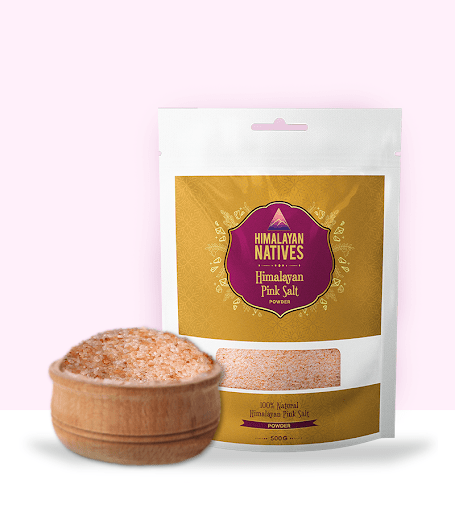
Himalayan Pink Salt Benefits
Himalayan Pink Salt is considered to be one of the purest salts and has the most positive health impacts.
• Detoxification of the body: The high mineral concentration of Himalayan salt may aid in the detoxification of the body. There are around 84 minerals and components in Himalayan salt including potassium, iron, and calcium. All these minerals support the body’s natural process of detoxification and help in the elimination of germs from the body.
• Might help in lowering high blood pressure: Himalayan pink salt has a low sodium content than processed table salt and can help in lowering blood pressure. Table salt is extensively processed and has fewer minerals and more sodium than Himalayan pink salt. Moreover, Himalayan salt is naturally high in iodine. Natural iodine found in Himalayan pink salt is very efficient in assisting your body in achieving electrolyte balance, aiding your intestines in absorbing nutrients, and lowering blood pressure.
• Helps to improve digestion: Due to the high mineral content and less sodium, Himalayan pink salt aids in the regulation of pH levels in the body. When the pH levels are in harmony, our systems are able to absorb and digest food better than when they are out of equilibrium. Also, the body doesn’t need as much water to flush out the extra sodium. With the use of Himalayan pink salt, the body experiences an easier digestion time as compared to table salt.
• Aids in regulating blood sugar and hormonal balance: A daily dose of Himalayan pink salt may ensure the proper flow of fluids in our body. A good balance of minerals and hormones can help in improving our insulin sensitivity and also prevent sudden blood sugar spikes.
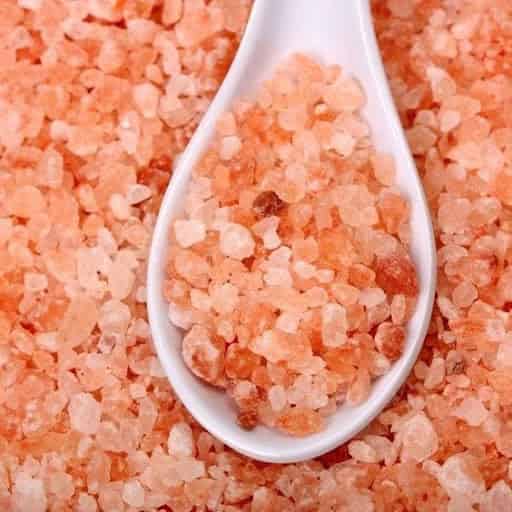
These are some of the benefits of including the Himalayan pink salt in our meals though there are many other benefits that can be availed by using it in different ways.
• Relieve aching muscles: Taking a warm water soak with the Himalayan pink salts can help relieve aching muscles. Muscle pain and cramping may be alleviated by taking a salt or mineral bath. When we take a mineral bath, our system has an easier time absorbing the magnesium and other trace minerals found in the pink salt, which may help to strengthen bones and connective tissue, which may be contributing to our discomfort.
• Helps in treating respiratory diseases: Salt therapy is a process that utilizes pure Himalayan pink salt to treat respiratory diseases. In some cases, a salt inhaler is used while in others, the person is made to sit in a room full of salt-rich air or in salt caves. When this salty air is inhaled, the salt particles travel through the entire respiratory system, and the antibacterial and antimicrobial properties of salt cleanse your lungs and sinuses. It is also used to treat some seasonal allergies and chest congestion.
• Helps in rehydration: Contrary to popular belief, Himalayan pink salt has been shown to improve hydration levels. When we sweat or exercise, or are suffering from loose motions and vomiting we lose minerals, often known as electrolytes. The use of mineral-rich Himalayan pink saltwater with some sugar forms an excellent ORS and assists in regaining these minerals, as well as your energy and hydration in the process.
• Helps to get sound sleep: Recent studies show that low-sodium diets can cause blood volume in the sympathetic nervous system to drop, which triggers adrenaline and the “fight or flight” response. Mixing some raw honey with a sprinkle of Himalayan pink salt and consuming it as a snack or in a cup of hot tea might aid in a restful night’s sleep. Many people use the Himalayan salt lamps which claim to boost your mood and help you sleep.
• Can be used as an exfoliator: Himalayan pink salt, in combination with olive oil or coconut oil can be used to exfoliate the skin. It helps get rid of the dry skin leaving the skin soft, moist, and smooth.
Helps in curing bacterial infections of the throat and nose: Himalayan pink salt water gargle is not just a Grandma’s tale. Saltwater gargle for sore throat develops an osmosis effect and relieves the pain and inflammation of throat tissues. Himalayan salt sinus rinse also deals with mucus and allergens present in the throat and removes them to get rid of sore throat and cough. Saltwater gargle is a go-to remedy for nasal, sinus, respiratory, and mouth bacterial infections.
With so many wonderful benefits to offer Himalayan pink salt definitely earns a spot in your kitchen cabinet. Make it a part of your day-to-day life and you can enjoy all its benefits.
 HELPFUL0 people found it helpful
HELPFUL0 people found it helpful
Related Blogs
Subscribe to Our Blogs
and never miss on the latest update!







